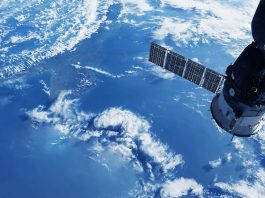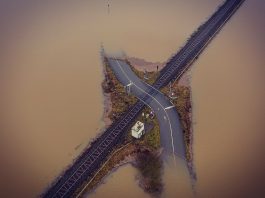A doctoral candidate at The University of Alabama in Huntsville has investigated ways social media platforms can be leveraged with AI to provide vital communication and disaster responses for victims.
The team used data from X, formerly known as Twitter, from two six-week time periods and two countries during the COVID-19 pandemic to map disaster responses.
They measured between March and April 2020 in the United States when the pandemic broke out, and in India during the surge of the delta variant between May and June 2021.
Disasters cause critical shortages in healthcare supply chains
Disruptions in healthcare supply chains during these periods caused severe shortages of essential equipment, such as face masks, medicines, and ventilators for intensive care patients.
Vishwa Vijay Kumar, the study lead, explained: “I was born and raised in the countryside of India, in Sitamarhi, Bihar, near the Nepal border, where natural disasters such as floods from the Himalayan rivers are frequent.
“These floods can spread over miles, trapping thousands of people in their homes who need urgent help for healthcare and food, as well as rescue operations.
“Therefore, I was driven to develop a framework that would enable people in need to communicate their requirements to the world and relevant authorities so they coordinate to assist disaster victims on time.”
The COVID-19 pandemic in 2020 presented a disaster of a different kind, affecting billions of people worldwide and exposing significant vulnerabilities in global healthcare supply chains.
Critical shortages of essential supplies like testing kits, oxygen cylinders and hospital beds highlighted the urgent need for efficient resource allocation and real-time information.
How AI can improve urgent disaster responses and supplies
“This situation reignited my early motivation to explore how social media and AI could be harnessed for faster disaster response and to mitigate health and supply challenges during crises,” Kumar explained.
The research that followed presented a four-step process and developed algorithms to parse information from 3.9 million tweets and identify imperative information using AI and machine learning.
Keywords within Twitter posts were identified to indicate which tweets included information relevant to pandemic supply chain disruptions and processed for content analysis and modelling.
Tweets were categorised as ‘imperative’ or actionable pleas for help, and ‘non-imperative’ providing non-actionable information.
The data also estimated the geographic location of imperative tweets lacking geo-tag information to facilitate the co-ordination of disaster responses.
Supply chain shortages in the future
Additionally, the researchers identified a number of healthcare supply chain challenges during disaster conditions that will be the focus of future research.
Topics included:
- The geo-location of people in need who posted their concerns on social media without identifying their location
- Forecasting COVID-19 vaccine supplies
- Forecasting the availability of health and food supplies
- Use of other social media (such as Facebook, Instagram, etc.)
- Finding where these improvements would be applicable to other disaster events, such as hurricanes and earthquakes
“We also plan to develop a platform/tool that will scan the social media posts from the disaster events and generate real-time reports of demand and supply issues and people with their geo-locations requesting help,” Kumar concluded.









